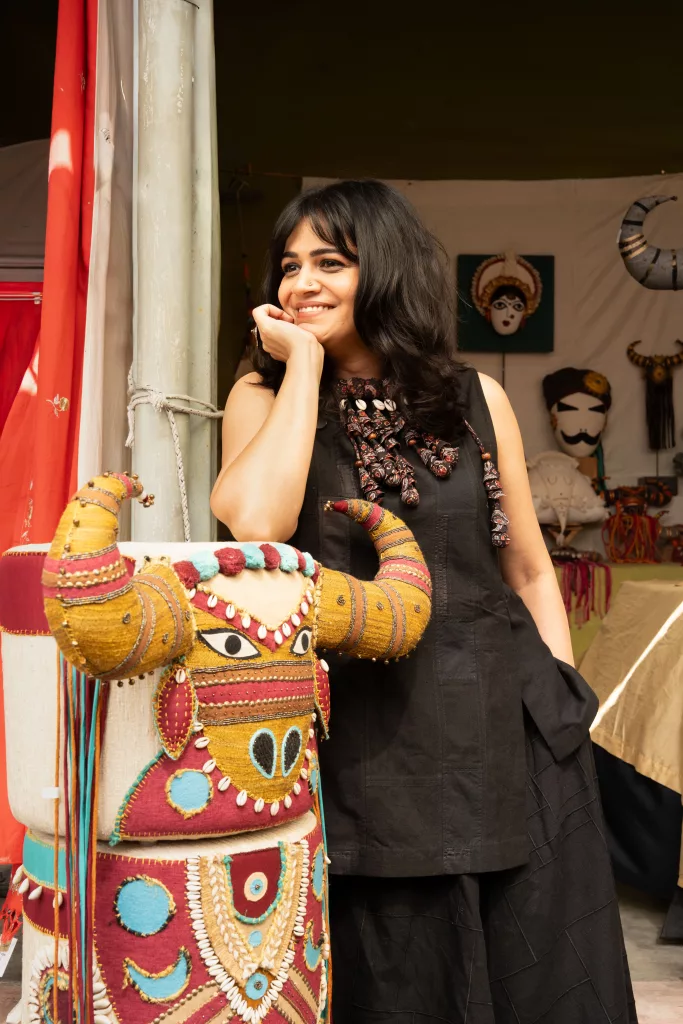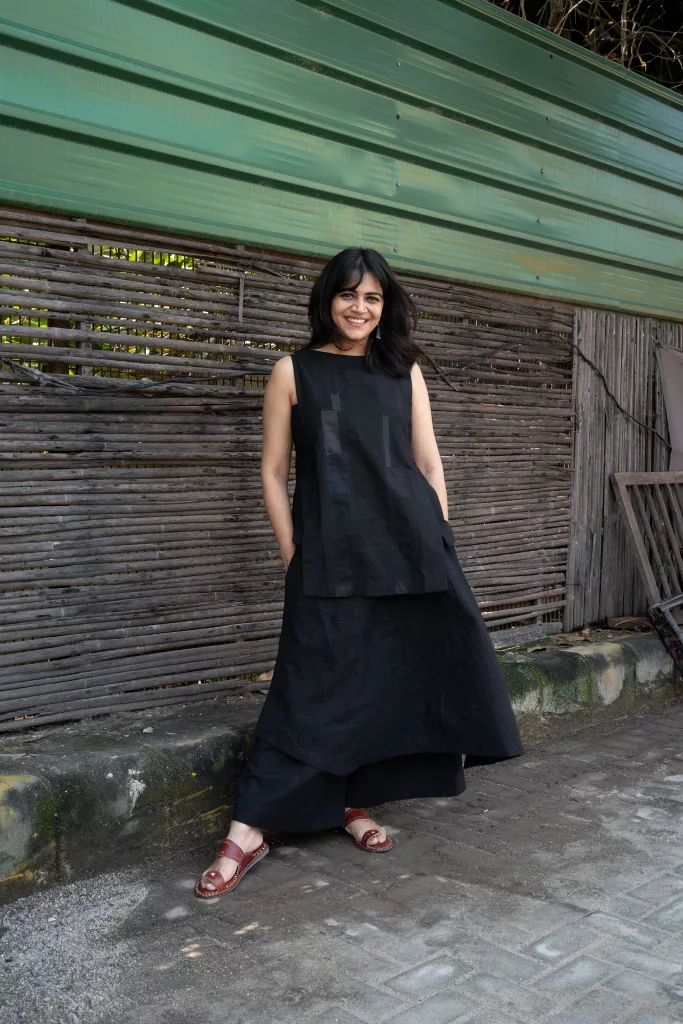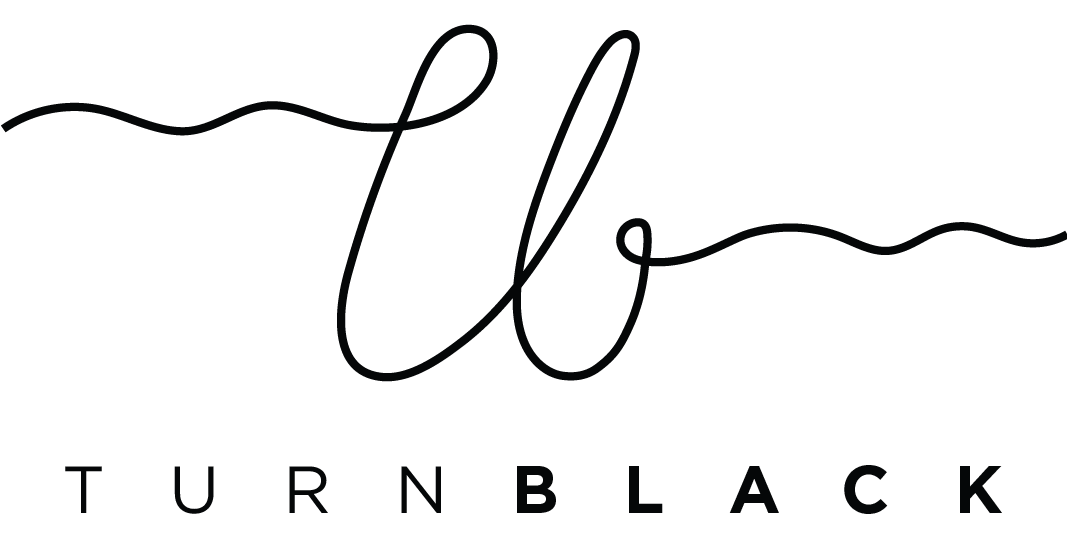Stories Born Through Waste: A Conversation with Diti Mistry
Diti Mistry collects discarded fabric, jute, wood and stones and transforms them into bold, functional art pieces. Her work is raw, honest and layered. Rooted in a philosophy of reusing materials, reducing waste, and preservation, Diti embraces the slow and deliberate, bringing balance to a fast-paced world.
Her fabrics are sourced from local boutiques, tailors and craftspeople. With a small, in-house team, she carefully turns complex inspirations into simple, striking designs. Each piece carries stories of communities, tribes and earth-dwellers.
We met Diti on a bright October morning at her pop-up store at Dastkar Festival of Lights where she was exhibiting her handmade art pieces. What followed was an honest conversation about storytelling through discarded materials, slow living and community.
What draws you to materials like discarded fabric, jute, and wood?
I love the rawness these materials carry. Something that has been discarded always has its own unique story, and as someone who loves to tell stories through personal creations, I feel deeply connected to them.

You believe stories can be told without waste. How does that idea shape the way you create?
My first memory of interacting with waste fabric goes back to childhood. I used to make clothes for my dolls using torn stockings. Even today, whenever I work on a new piece, I’m conscious of the materials I pick and where I pick them from, and this process always takes me back to that memory.
I love spending time in small boutiques or with tailors, going through their discarded fabric piles. Those quiet moments of discovery become part of my story and my work. I also like to challenge myself — How can I create something beautiful with limited resources? That’s where my creativity truly comes alive.
How do travel and community influence the stories behind your pieces?
Travel makes me feel a lot of emotions. It makes me fearless, bold, independent and happy. All of that flows into my creations.
When it comes to community, I prefer direct interaction. For example, when I created my Kutch tribal faces after a craft tour, I was inspired not just by the cattlemen and women but also by their bold sense of adornment, the way their jewelry carries meaning. I love exploring the significance behind each element and constantly ask myself why I’m creating a particular piece.

What does slowing down mean to you, in your work and in life?
In my work, slowing down means more than just looking online for quick inspiration. I read, revisit my journals, browse through travel photographs, and allow ideas to surface slowly. I take my time to process, feel, and then create.
Even in life, I cherish stillness. My mornings begin with coffee, my cat by my side, and an unhurried gaze out at the balcony. I let myself be without chasing, without noise. That stillness is essential. It shapes how I live and how I create.
Beyond your work, what kind of life do you envision for yourself—what sustains you and brings you joy?
Knowing that I showed up. That I showed up for myself and those who needed me, as an individual or in a collective. I’m much more forgiving of myself for being messy, and I actively work toward finding groundedness. That’s what sustains me and gives me faith that joy can be experienced — not superficially, but as a sense of peace amidst the madness. We need to see that the world can hold beauty and love, even while acknowledging the evil that permeates it. I’m deeply self-aware and think a lot about my purpose, my life, and what it means for others too. We aren’t meant to be isolated; everything exists in relation to someone or something else. We just have to learn from ourselves and each other, at every step, how to do things in ways that balance us. No one gives you a blueprint or a plan. I can say all this and continue to mess up, but that’s okay too. I just want to know I lived life and did a decent job of it.


Leave a Reply